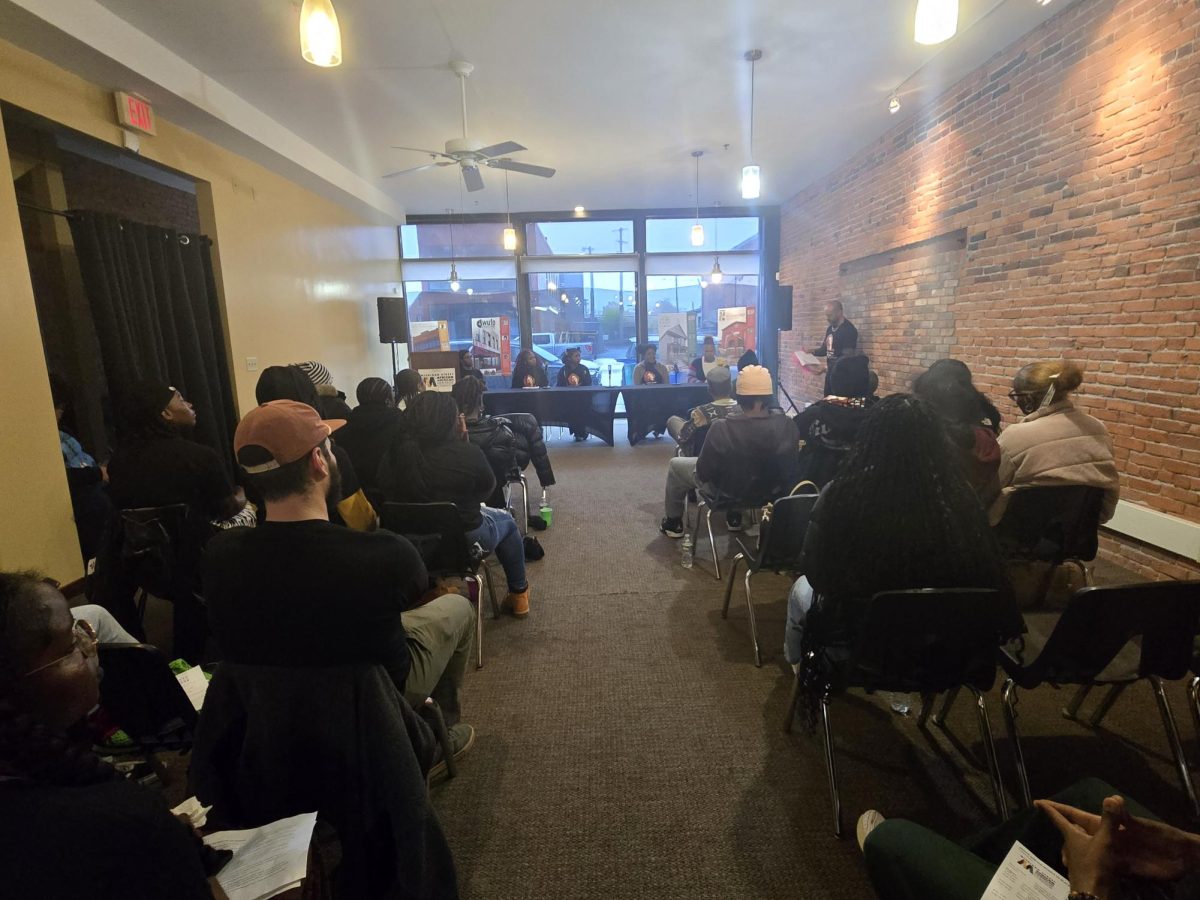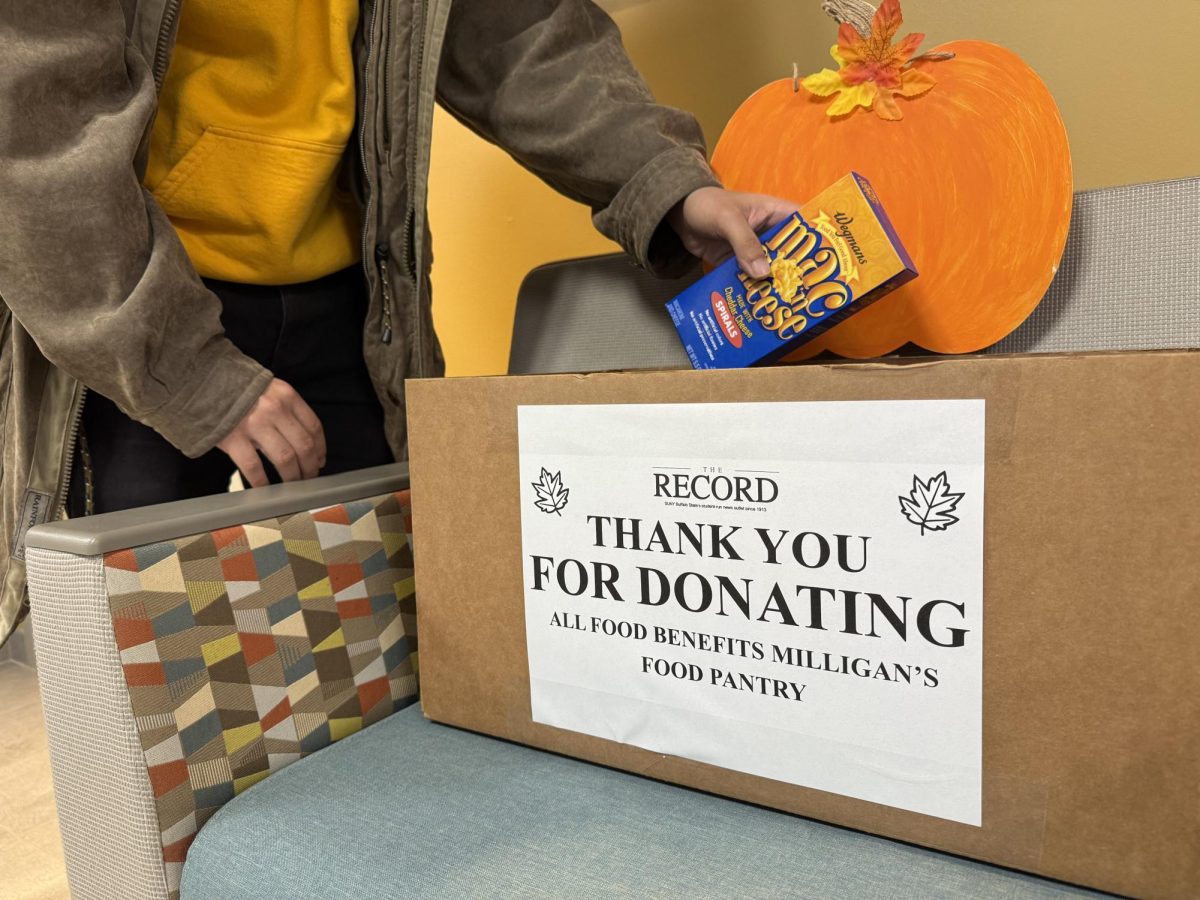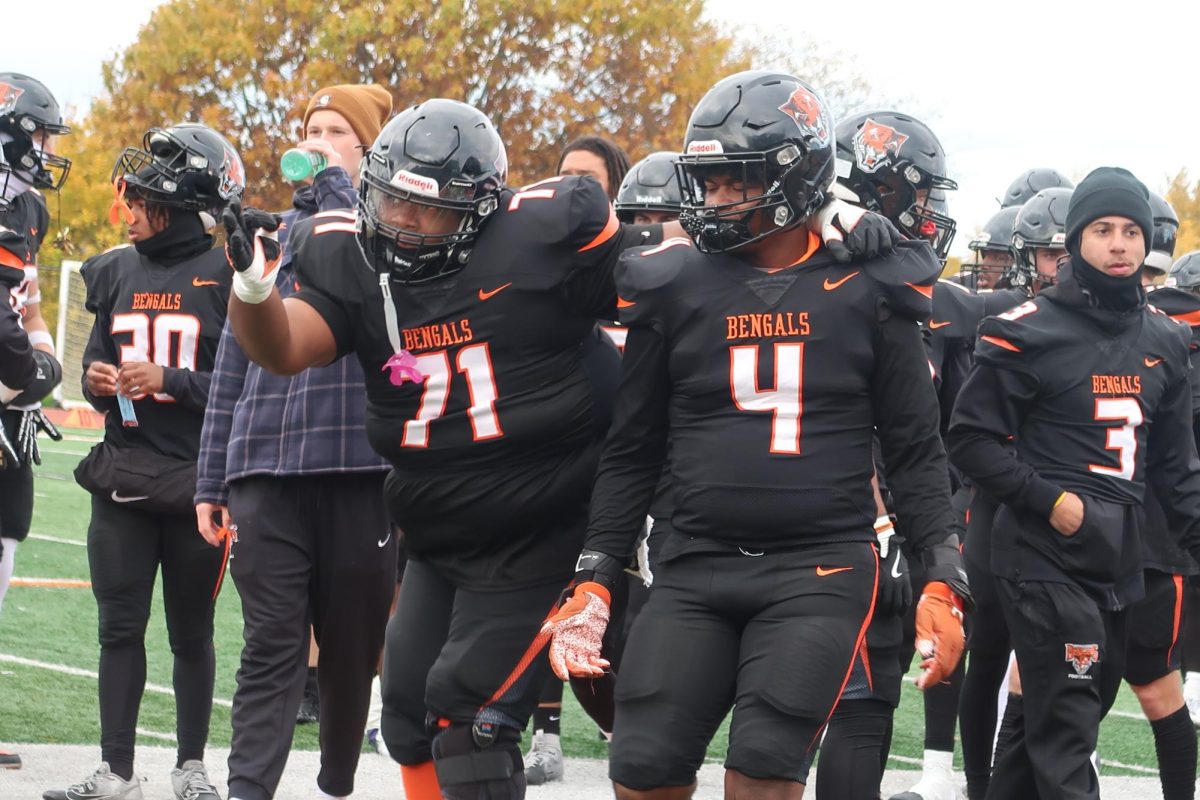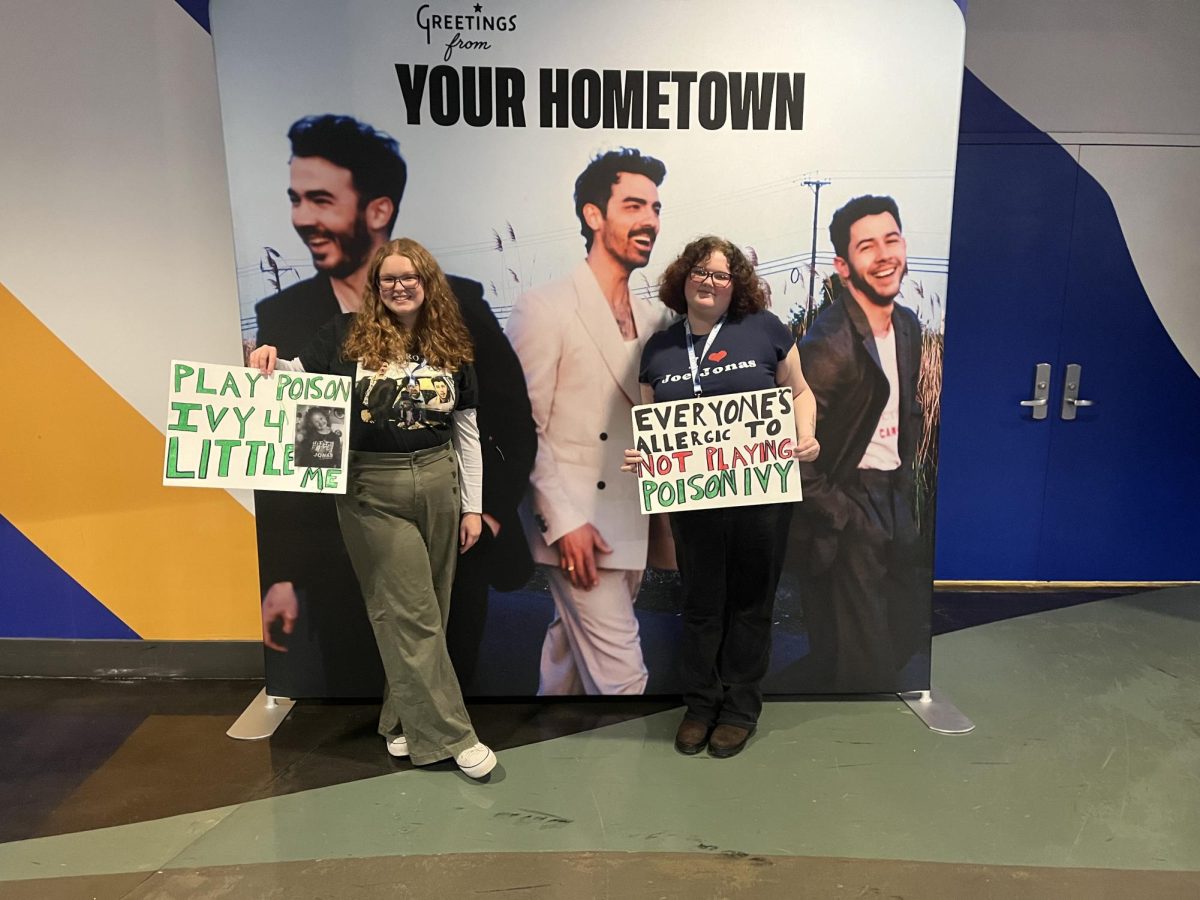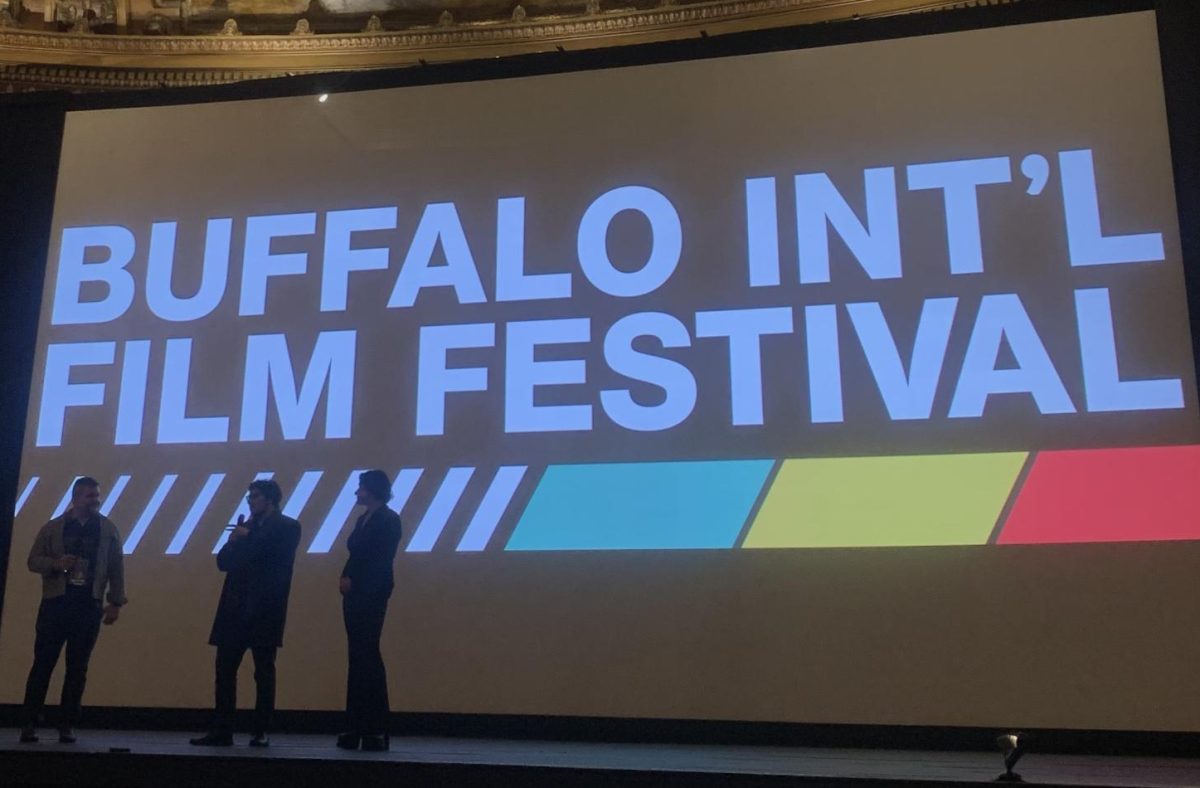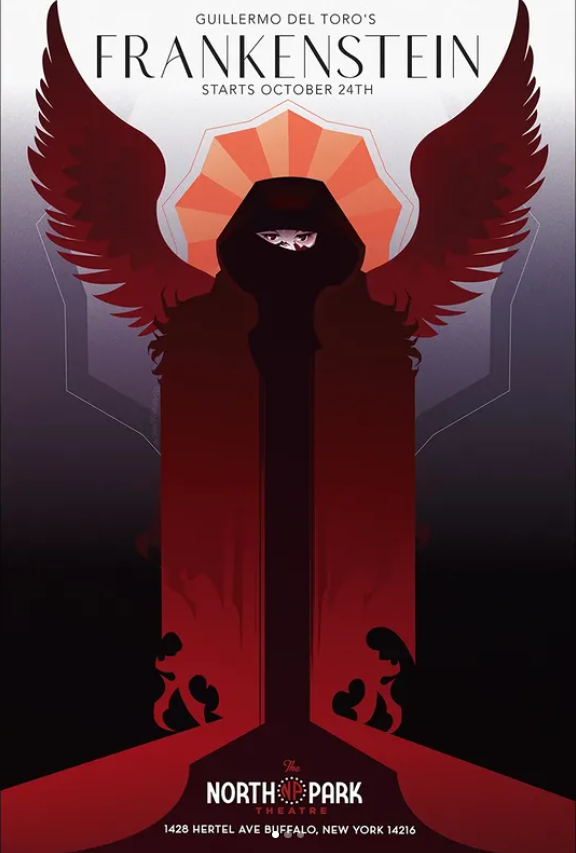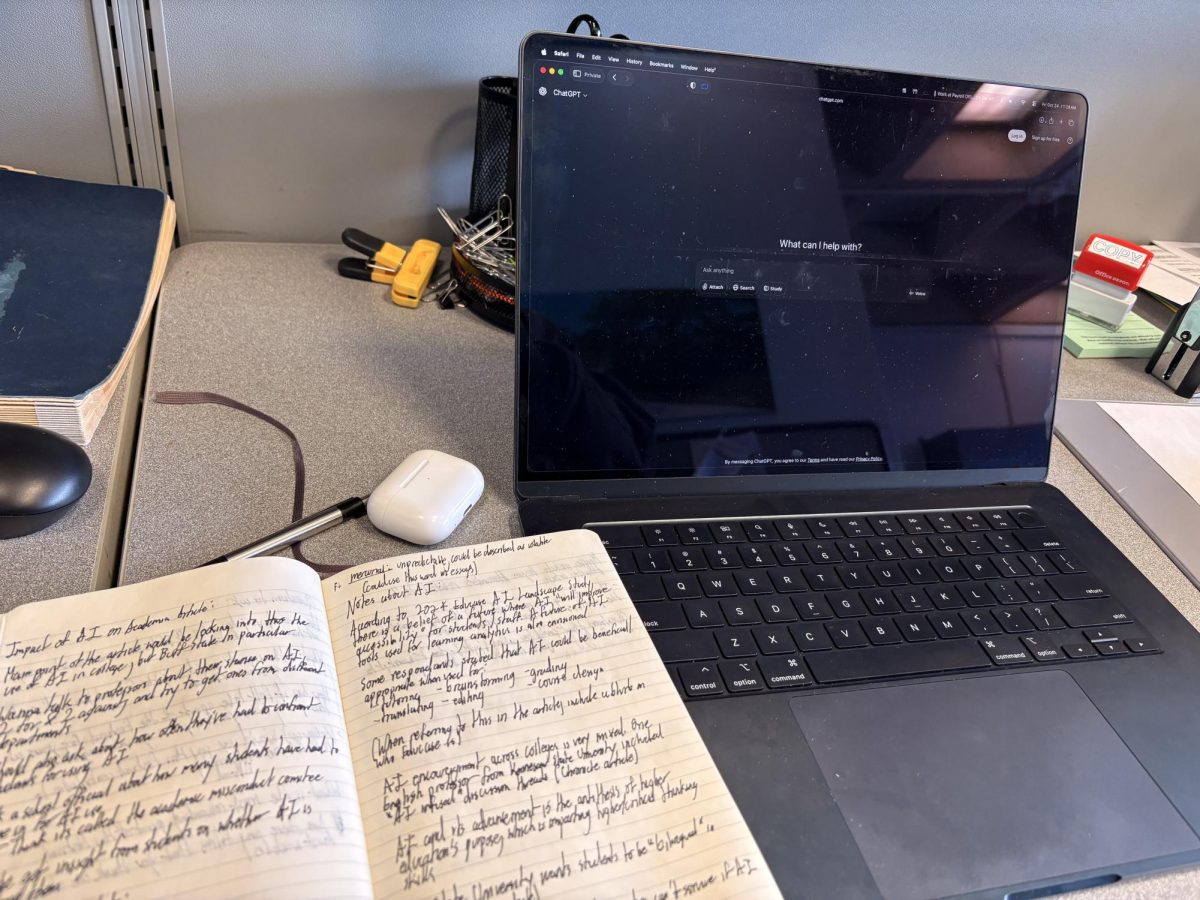Local organizations, including SUNY Buffalo State, came together in October for Dyslexia Awareness Month to promote awareness and fight misconceptions of the learning disability.
The Council for Exceptional Children of University at Buffalo, Buffalo State and the Museum of Disability in Buffalo, N.Y.joined over 50 groups across the country in the screening and discussion night of Emmy Award-winning director Harvey Hubbell V’s documentary, “Dislecksia: The Movie.”
Hubbell’s film uses man-on-the-street interviews, director narration and celebrity interviews with dyslexic stars such as Billy Bob Thorton and Joe Pantoliano. The screening and discussion aimed to show audiences and participants that dyslexia is not necessarily a learning disability, but more of a learning difference, said Sarah Howorth, president of University at Buffalo’s council for exceptional children.
The National Institute of Neurological Disorders and Stroke defines dyslexia as a “brain based learning disability that impairs a person’s ability to read.” People with dyslexia also have trouble with spelling despite having normal intelligence, and it does have a tendency to run in the family.
Abnormal functioning of the neurons leads to misinterpretation or mishandling of sensory information from eye cells. It’s that abnormal processing that leads to reading disorders, said KellieTalebkhah, a home behavior technician at People Inc.
Fifteen-20 percent of the population has a reading disability, and contributing to 80 percent of that number is dyslexia, according to the International Dyslexia Association.
Many people with dyslexia face problems not only academically, but also in the workplace and personal relationships.
People with Dyslexia can suffer from poor self-esteem —thinking of themselves as dumb or less capable than they are. Learning a foreign language, organizing a public speech or correctly doing math operations can be a struggle for someone affected. It makes communicating and staying financiallystructured difficult, and unless it is recognized at an educational level, it can continue to become worse into adulthood.
Dyslexia is becoming more understood than before, and the public is generally moving past the misconception that dyslexia sufferers “read words backward.”
“Kids with dyslexia were once treated as problem students, incapable of learning,” said Andrea Warf of SKIP of NY, a nonprofit that works with children with disabilities. “Now teachers can identify those issues early on and offer extra help, like tutors, extra time, multisensory learning. A lot of kids find computers really help them understand material and books on tape can help them educationally and recreationally.”
Easy ways educators or employers can help dyslexic students or employees usually includes giving them more time to process directions, to respond to questions or statements and to complete assignments, said Jeff Gallo, former secondary English teacher.
Keeping instructions short and simple, giving one or two at a time, is a subtle way to help out a dyslexic person without singling them out in a group setting, whether it be a classroom or a business meeting, Gallo said. Doubling time for tests and always reading directions out loud are the most common ways a person can help someone out.
Email: boudreau.record@live.com


